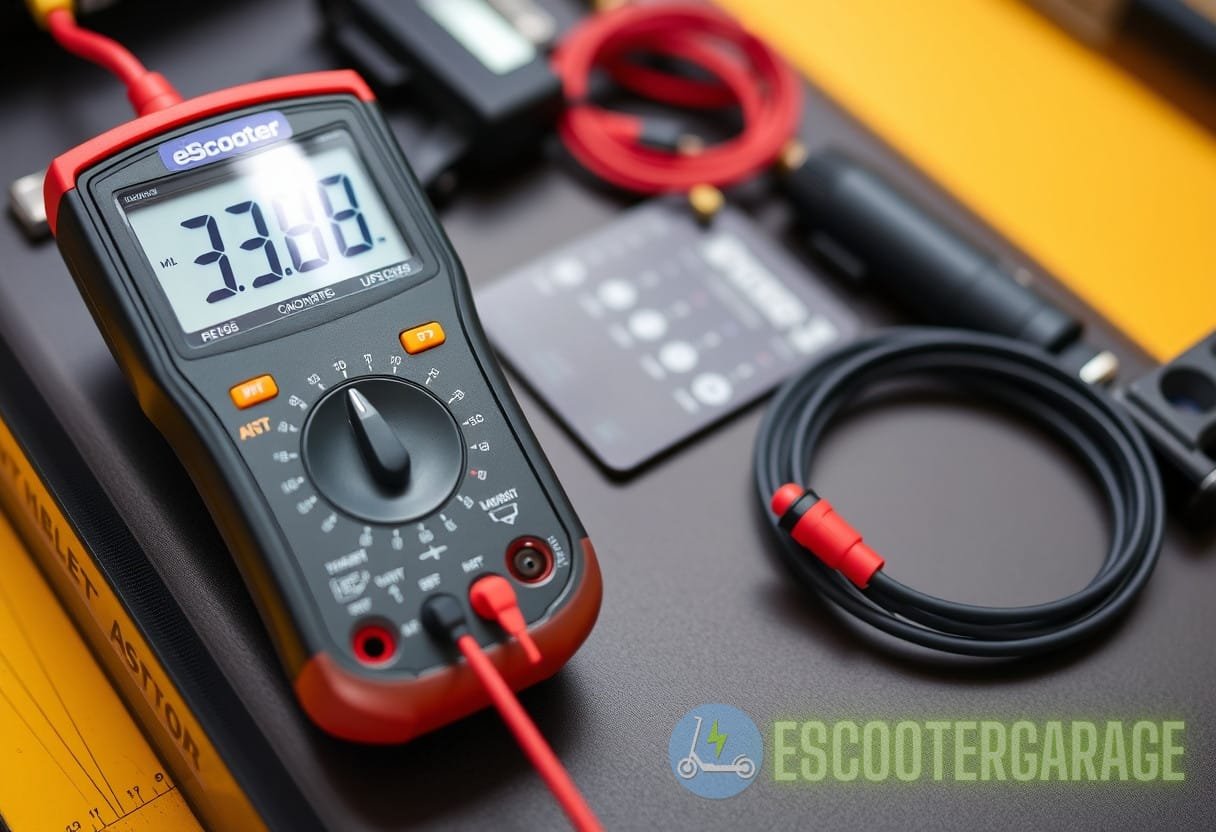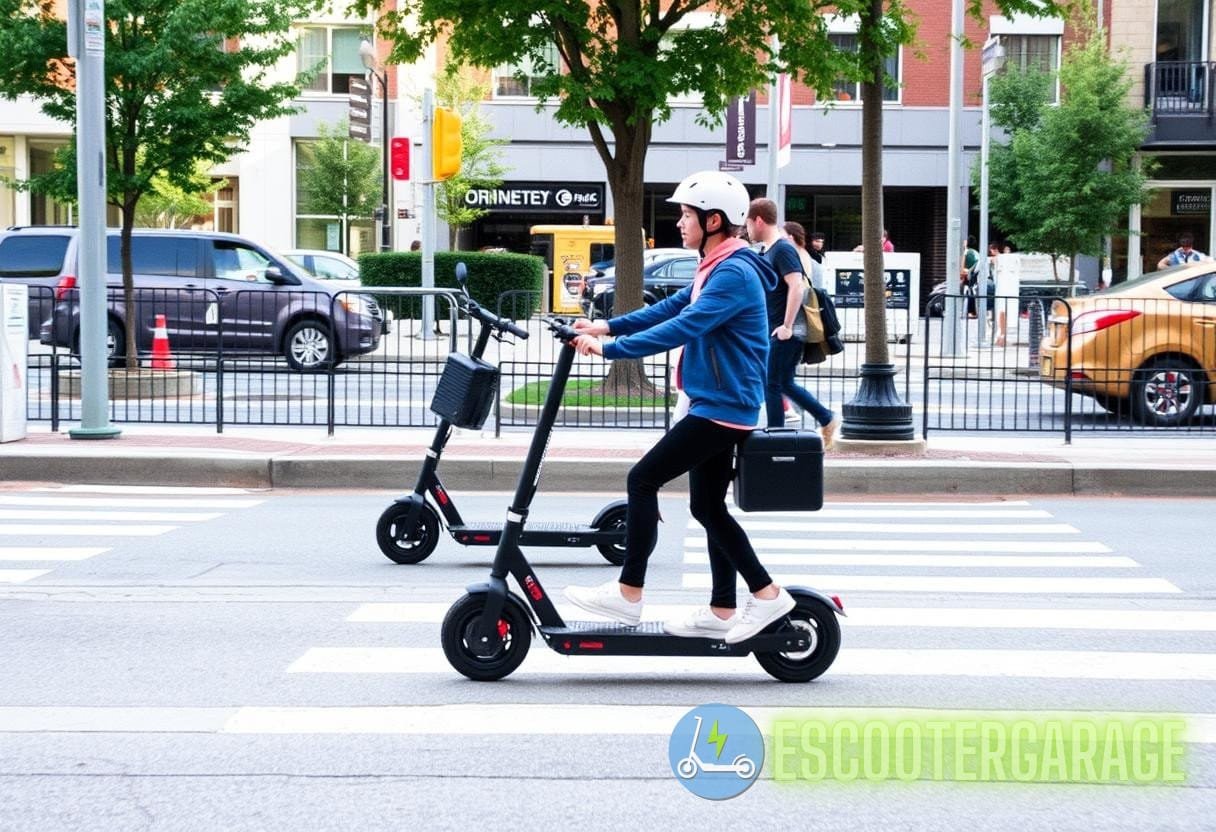Decoding eScooter Dynamics: A Holistic Approach to Enhancing Performance Through Multi-Factor Diagnostics
The rise of electric scooters, or eScooters, has significantly transformed urban mobility over the past decade. Their ease of use, eco-friendliness, and cost-effectiveness have led to a surge in popularity. However, as usage increases, so do the performance-related issues. Therefore, conducting thorough escooter performance diagnostics is essential for maintaining optimal functionality and safety.
Understanding eScooter Mechanics
To appreciate the importance of escooter performance diagnostics, one must first understand the mechanics involved in eScooter operation. An eScooter primarily consists of several key components:
- Motor: Directly affects speed and torque.
- Batteries: Essential for power supply and range.
- Wheels: Influences stability and grip.
- Braking System: Critical for rider safety.
- Controller: Acts as the brain of the eScooter, regulating speed and responsiveness.
Each component plays a crucial role in the overall performance. For riders, understanding the interplay among these parts is vital for effective escooter performance diagnostics.
Factors Influencing eScooter Performance
Several factors can influence eScooter performance, necessitating thorough diagnostics:
- Battery Health: A degraded battery can significantly reduce speed and range. Regular checks on voltage and capacity are essential.
- Motor Condition: Issues like overheating can affect torque and efficiency. Diagnostics should measure current draw and temperature.
- Environmental Conditions: Weather affects traction and battery efficiency. Rain or snow can reduce braking performance, while extreme temperatures can impact battery health.
- Maintenance History: Regular maintenance records can provide insights into recurring issues or potential problems.
- Weight Capacity: Exceeding the recommended load can put additional strain on the motor and battery.
Importance of Multi-Factor Diagnostics
A holistic approach to escooter performance diagnostics involves assessing multiple factors concurrently. This multi-factorial diagnostic method allows for a comprehensive understanding of the eScooter’s performance capabilities. Key benefits include:
- Prevention of Failures: Early detection of performance issues can help prevent costly repairs and enhance rider safety.
- Improved Performance: Optimizing battery life, motor function, and mechanical conditions directly influences the eScooter’s performance.
- Cost Efficiency: Timely diagnostics can reduce long-term maintenance costs by catching issues before they exacerbate.
- Enhanced User Experience: A well-maintained eScooter provides a smoother ride, better acceleration, and safer stops.
Tools and Techniques for Effective Diagnostics
Several tools and techniques are available for conducting efficient escooter performance diagnostics. These encompass both hardware and software solutions:
1. Diagnostic Software
Utilizing advanced diagnostic software can provide real-time data analysis. Various applications are available that can connect to the eScooter’s controller via Bluetooth or Wi-Fi, enabling users to:
- Monitor battery voltage and charge cycles.
- Assess motor temperature and operational load.
- Examine error codes for troubleshooting specific issues.
2. Multimeters

A multimeter is a vital tool in any eScooter technician’s kit. It can verify:
- Battery health: Measure volts to determine charge levels.
- Motor functionality: Check for electrical continuity.
- Wiring integrity: Identify shorts or open circuits.
3. Mechanical Inspection Tools
Physical tools such as torque wrenches, tire pressure gauges, and brake alignment devices can assist with routine mechanical checks. Essential maintenance practices include:
- Inspecting tires for wear and tear.
- Examining the braking system for responsiveness.
- Checking for loose bolts and screws that may compromise safety.
Case Studies: Real-World Application of Diagnostics
To illustrate the significance of escooter performance diagnostics, consider the following case studies:
Case Study 1: Urban Transport Fleet
A city implemented a fleet of eScooters for public use. Initially, the fleet suffered a 30% failure rate due to battery issues and motor malfunctions. After employing a systematic approach to diagnostics, including consistent battery and motor assessments, the failure rate dropped to under 5%. The city saw improved user satisfaction, increased ride frequency, and reduced maintenance costs.
Case Study 2: Personal eScooter Usage
An individual user experienced reduced speed and range after a few months of use. By utilizing diagnostic software, the user discovered that the battery was not holding a charge properly. Following diagnostics, they replaced the battery and performed regular maintenance checks, resulting in restored performance and extended service life.
Common Issues Identified Through Diagnostics
Through the process of escooter performance diagnostics, various common issues have been identified. These include:
- Inconsistent Battery Performance: Users often report fluctuating performance, which can often be traced to faulty batteries or improper charging practices.
- Motor Overheating: High-performance demands can lead to overheating, necessitating increased cooling measures.
- Brake Failure: Insufficient brake maintenance can result in delayed stopping times, which is a significant safety concern.
- Electrical Failures: Faulty wiring or connections can disrupt communication between components, leading to malfunction.
Best Practices for eScooter Maintenance
To ensure the highest operational standards, adhering to best practices for eScooter maintenance is crucial:
- Regular Battery Checks: Monitor voltage and inspect for swelling or leakage.
- Maintenance Schedule: Establish a regimen for checking mechanical components and software diagnostics.
- Safe Storage: Store eScooters in dry, controlled environments to mitigate wear from environmental factors.
- Educate Users: Ensure that riders understand the operational limitations and maintenance requirements of their eScooters.
Future of eScooter Diagnostics
As technology continues to evolve, the future of escooter performance diagnostics looks promising. Innovations such as IoT connectivity and advanced machine learning algorithms are likely to further enhance diagnostic capabilities. Smart diagnostic tools may soon predict potential failures even before they occur, paving the way for truly proactive maintenance strategies.
In conclusion, effective escooter performance diagnostics enhances eScooter performance and safety, significantly improving user experience. By utilizing the correct tools, adopting a holistic diagnostic approach, and addressing common issues, users can ensure their eScooters remain a viable solution for urban transportation. For more direct information about essential diagnostics and troubleshooting strategies, check out our relevant articles on eScooter Maintenance Tips and Common eScooter Issues and Solutions.



